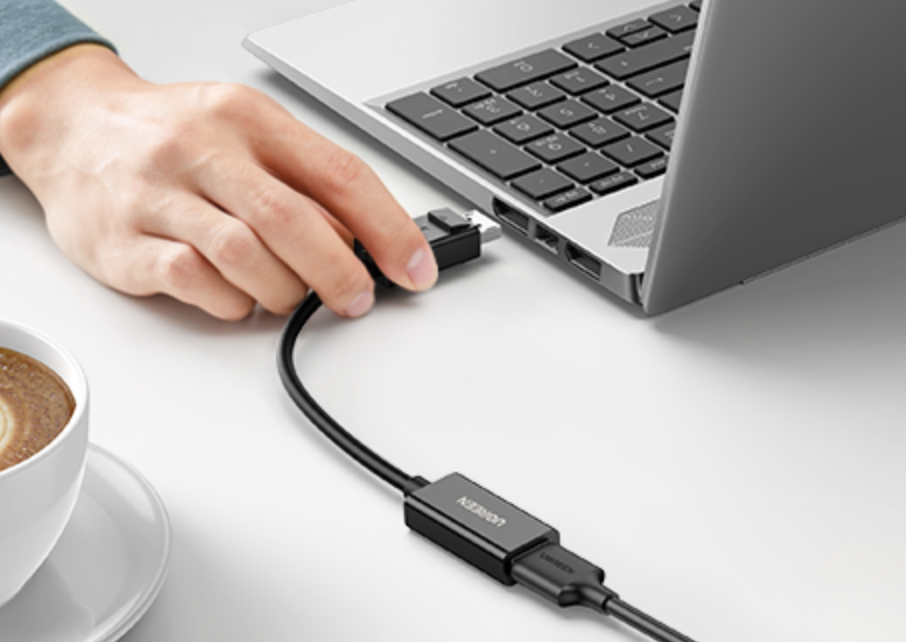
How to Charge Laptop with HDMI
Charging your laptop with an HDMI cable isn’t recommended unless you’re faced with an apocalyptic situation but some people could still need to employ such a method regardless or not they are faced with a zombie virus (forgive the hyperbole). Actually, the thing about HDMI charging is that it’s an excruciatingly slow way of powering up your notebook and you might want to look for other options first before opting for this one.
Nevertheless, here, we’ll explain the procedures you could use to charge your laptop with an HDMI cable.
Points to Remember:
- Your laptop must have an HDMI input port or else it can’t receive the power for juicing up the battery. You may ensure that the laptop has an HDMI input, otherwise you could damage the battery. Therefore, please do not take this point lightly and research your notebook components carefully.
- You may buy a HDMI to USB-C type adapter. This would help you charge the laptop by using the USB-C port, that too will be helpful only in case you have the USB-C port. If you use a very old model, then it might be possible that your notebook won’t have a USB-C port either which means this method won’t work for you.
- Please remember that your notebook won’t charge fast. The speed wouldn’t even be average. But, like we mentioned above, if you find yourself in a pinch and don’t know what to do, given that you have the resources, you could give it a shot.
Now let’s move on to the methods.
- Power up the laptop’s battery with the HDMI cable:
As mentioned previously, before attempting to charge your laptop, ensure that it is equipped with an HDMI-IN port. Although most laptops have HDMI-OUT ports for transmitting audio or video signals, these ports are not intended for charging purposes as it may result in damage. So, if your laptop does have an HDMI-IN port, follow the steps below using an HDMI to HDMI cable.
- Connect the HDMI cable to the HDMI-IN port on your laptop and the HDMI-Out port on the power device, typically a TV or monitor, to initiate charging.
- Look at the battery icon available in the taskbar of your desktop. If the symbol indicates “plugged in” when you bring the cursor over it, then this method is functional.
- Your laptop should begin charging after receiving the power.
- Use an HDMI to USB-C adapter:
Nowadays, the majority of laptops are equipped with a USB-C port. Consequently, it is possible to purchase an HDMI to USB adapter to charge the laptop through the USB port. By doing so, you can effortlessly link the laptop to a power source such as a TV.
Follow these steps to proceed:
- Insert the HDMI end of the HDMI cable into the HDMI-OUT port of the appropriate power source.
- Connect the other end of the cable to the HDMI port of an adapter, such as the widely used Anker 310 USB-C adapter, which facilitates swift and efficient data transfer.
- Attach the HDMI to USB-C adapter to your laptop through its USB-C connector.
- Lastly, check the battery icon on the Windows taskbar system tray to confirm if the plugged-in icon is present. This indicates that the laptop is charging.
Final Thoughts:
It is uncommon to utilize an HDMI cable for laptop charging in our daily lives. Nonetheless, this could be an effective alternative when a charger is unavailable or there are no other options. Prior to trying this approach, it is essential to confirm whether your laptop has an HDMI-In port and that you possess the appropriate equipment. By configuring the setup properly, laptop charging through HDMI could prove to be a somewhat sound solution.

